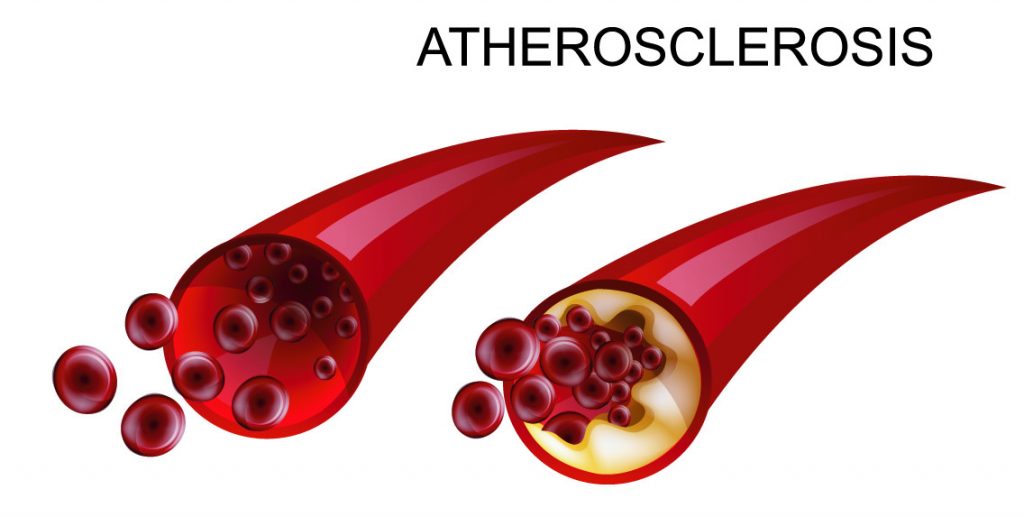Arq. Bras. Cardiol. 2022; 119(6): 938-939
Macrophages and Neovascularization in In-Stent Neoatherosclerosis: An Accelerated Inflammatory Phenotype by OCT with Therapeutic Implications
This Short Editorial is referred by the Research article "Inflammatory Phenotype by OCT Coronary Imaging: Specific Features Among De Novo Lesions, In-Stent Neointima, and In-Stent Neo-Atherosclerosis".
In this edition of Arquivos Brasileiros de Cardiologia, Pinheiro et al. show optical coherence tomography (OCT) data with clear differences in inflammation and neovascularization among de novo atherosclerosis, in-stent restenosis due to intimal hyperplasia, and in-stent neoatherosclerosis.
Patients undergoing percutaneous coronary intervention with stent implantation may have recurrent symptoms of coronary heart disease due to in-stent restenosis due to vascular injury that triggers an intimal proliferative response, minimized by current techniques and stents of new generation. However, the neointimal lesion secondary to a delay in neoendothelialization can lead to symptom recurrence, usually during the first year of coronary intervention.
[…]
478

